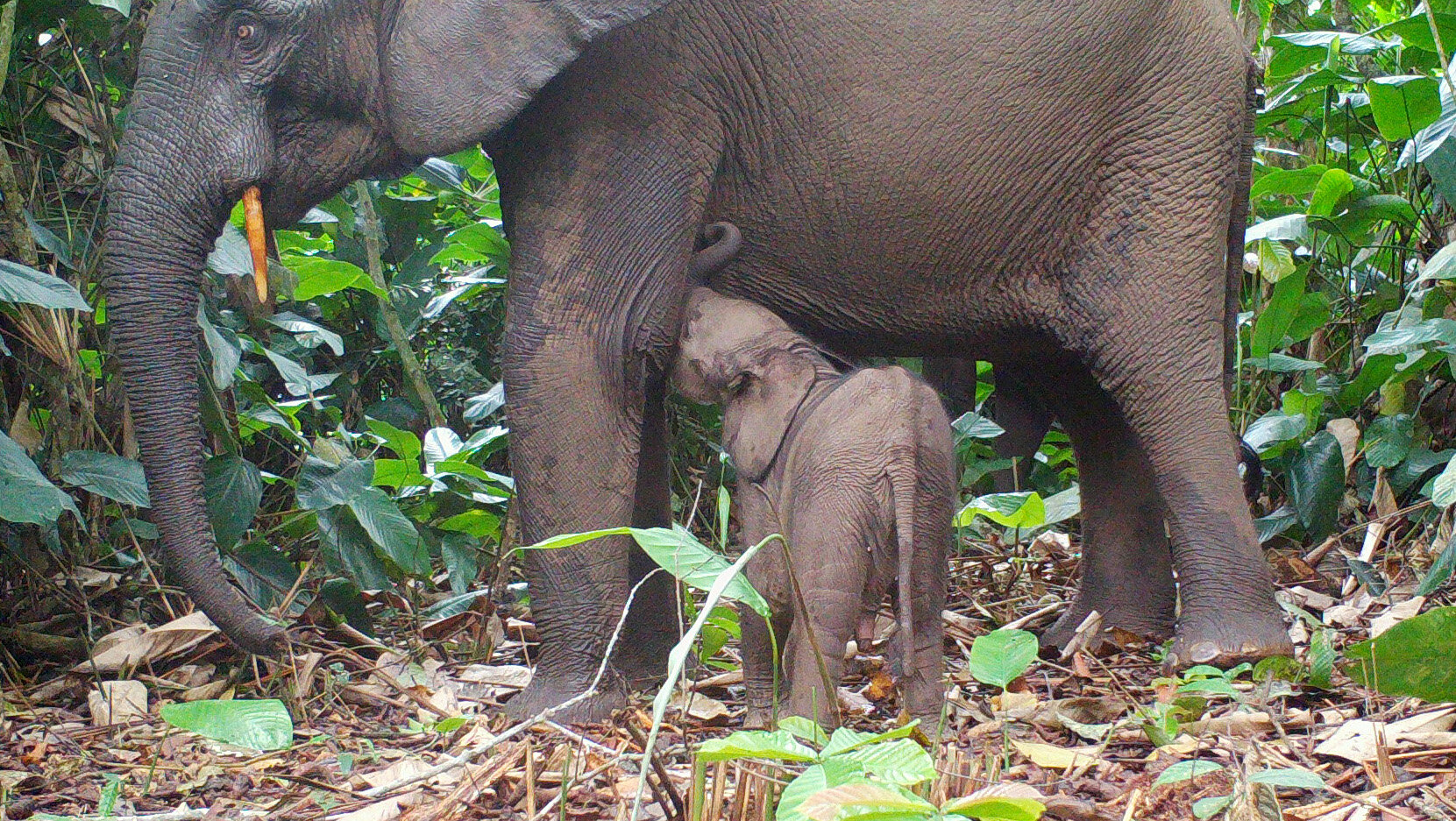While human social memory lasts decades and tracks relationships, less is known about non-human ape long-term memory.
In a new paper published in the Proceedings of the National Academy of Sciences, scientists present evidence that our closest living relatives, chimpanzees (Pan troglodytes) and bonobos (Pan paniscus), recognize the faces of familiar conspecifics even after many years of separation.
Aan eye-tracking task revealed that apes’ attention was biased toward former groupmates over strangers, and this pattern may persist for at least 26 years beyond separation.
Apes’ memory may also represent the quality of their social relationships: apes looked longer toward individuals with whom they had more positive relationships.
The findings bolster the theory that long-term memory in humans, chimpanzees and bonobos likely comes from our shared common ancestor that lived between 6 million and 9 million years ago.
“Chimpanzees and bonobos recognize individuals even though they haven’t seen them for multiple decades,” said Dr. Christopher Krupenye, a researcher at Johns Hopkins University.
“And then there’s this small but significant pattern of greater attention toward individuals with whom they had more positive relationships.”
“It suggests that this is more than just familiarity, that they’re keeping track of aspects of the quality of these social relationships.”
“We tend to think about great apes as quite different from ourselves but we have really seen these animals as possessing cognitive mechanisms that are very similar to our own, including memory. And I think that is what’s so exciting about this study,” said Dr. Laura Lewis, a biological anthropologist and comparative psychologist at the University of California, Berkeley.
The authors were inspired to pursue the question of how long apes remember their peers because of their own experiences working with apes — the sense that the animals recognized them when they’d visit, even if they’d been away for a long while.
They worked with chimpanzees and bonobos at Edinburgh Zoo in Scotland, Planckendael Zoo in Belgium, and Kumamoto Sanctuary in Japan.
They collected photographs of apes that had either left the zoos or died, individuals that participants hadn’t seen for at least nine months and in some cases for as long as 26 years.
They also collected information about the relationships each participant had with former groupmates — if there had been positive or negative interactions between them, etc.
The researchers invited apes to participate in the experiment by offering them juice, and while they sipped it, the apes where shown two side-by-side photographs — apes they’d once known and total strangers.
Using a non-invasive eye-tracking device, they measured where the apes looked and for how long, speculating they’d look longer at apes they recognized.
The apes looked significantly longer at former groupmates, no matter how long they’d been apart. And they looked longer still at their former friends, those they’d had more positive interactions with.
In the most extreme case during the experiment, bonobo Louise had not seen her sister Loretta nor nephew Erin for more than 26 years at the time of testing.
She showed a strikingly robust looking bias toward both of them over eight trials.
The results suggest great ape social memory could last beyond 26 years, the majority of their 40 to 60-year average lifespan, and could be comparable to that of humans, which begins to decline after 15 years but can persist as long as 48 years after separation.
Such long lasting social memory in both humans and our closest relatives suggests that this kind of memory was likely already present millions of years ago in our common evolutionary ancestors.
This memory likely forged a foundation for the evolution of human culture and enabled the emergence of uniquely-human forms of interaction such as intergroup trade where relationships are maintained over many years of separation.
“The idea that apes remember information about the quality of their relationships, years beyond any potential functionality, is another novel and human-like finding of the work,” Dr. Krupenye said.
“This pattern of social relationships shaping long-term memory in chimpanzees and bonobos is similar to what we see in humans, that our own social relationships also seem to shape our long-term memory of individuals,” Dr. Lewis added.
This research also raises the questions of whether the apes are missing individuals they’re no longer with, especially their friends and family.
“The idea that they do remember others and therefore they may miss these individuals is really a powerful cognitive mechanism and something that’s been thought of as uniquely human,” Dr. Lewis said.
“Our study doesn’t determine they are doing this, but it raises questions about the possibility that they may have the ability to do so.”
Citation:
Laura S. Lewis et al. 2023. Bonobos and chimpanzees remember familiar conspecifics for decades. PNAS 120 (52): e2304903120; doi: 10.1073/pnas.2304903120
This article was first published by Sci News on 19 December 2023. Lead Image: Bonobos (Pan paniscus) in Edinburgh Zoo. Image credit: Kate Grounds / Edinburgh Zoo.
What you can do
Help to save wildlife by donating as little as $1 – It only takes a minute.







Leave a Reply